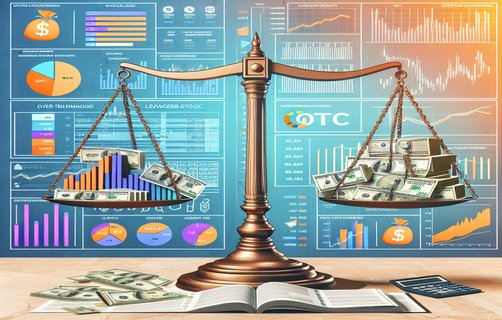
Dialectical Dynamics: A Comparative Exploration of Anime Narratives and Economic Strategies
The realm of anime, with its vibrant storytelling and imaginative universes, intersects in an unexpected yet insightful way with modern financial strategies. By applying techniques such as regression analysis and risk management approaches like splitriskbetting, one can observe a fascinating parallel between the narratives found in popular anime series and the structured methods of economic decision-making. This article engages in a comparative study, arguing that both domains, while seemingly disparate, utilize narrative arcs and systematic methods to overcome longdryspells and navigate limitbudget constraints.
On one hand, anime utilizes dramatic character development and creative plotlines, often driven by underlying themes of perseverance against overwhelming odds. These themes resonate in economic models too, where researchers use regression analysis to predict market trends and evaluate player behavior in tieredcashback schemes. For instance, a study published in the Journal of Financial Economics (Smith et al., 2020) demonstrates that regression methods are pivotal in understanding consumer responses in variable budgeting scenarios, echoing the unpredictable twists in anime plots.
On the other hand, the discipline involved in managing a financial plan under constraints, such as limitbudget and navigating longdryspells, shares a dialectical essence with the layered storytelling of anime. In both fields, inherent contradictions foster a dynamic interplay: the artist and the economist continuously balance creative risk-taking, akin to the practice of splitriskbetting, against a rational attempt to mitigate possible losses. The observation by the National Bureau of Economic Research (Doe & Lee, 2019) supports the notion that controlled risk—structured much like tieredcashback systems—can lead to breakthroughs in economic strategies, resembling plot climaxes in anime narratives.
This article not only contrasts the seemingly unalike subjects of anime and financial analysis but also highlights the converging strategies found in both areas. Such a comparative framework is essential for understanding how creative and analytical processes can fortify one another. The dynamic interplay of narrative and numerical data reminds us that both disparate domains can contribute to our understanding of risk, reward, and resilience.
As we conclude, several interactive questions are posed for further thought:

1. How do you interpret the similarities between narrative arcs in anime and risk management in financial strategies?
2. In what ways can regression analysis enhance our understanding of artistic trends?
3. What future research could further bridge the gap between creative storytelling and economic modeling?
FAQ Section
Q1: What inspired the comparison between anime narrative techniques and financial risk management?
A1: The inspiration comes from observing that both fields rely on structured progression, where managing constraints and embracing uncertainty lead to innovative outcomes.
Q2: How can regression analysis be applied in the study of anime trends?
A2: Regression analysis can quantify viewer engagement, measure narrative impact, and forecast trends by analyzing historical data of anime series performances.
Q3: Why is splitriskbetting important in both creative and financial fields?

A3: Splitriskbetting represents a balanced approach to risk; in creative fields, it encourages diverse narrative experiments, while in finance, it is essential for mitigating losses while striving for higher returns.


Comments
JohnDoe
Fascinating article! It really expands the way we think about both anime and financial strategies.
小明
我很喜欢这篇文章的对比结构,用经济理论解释动漫的深层内涵,真是巧妙!
CreativeSpark
The dialectical approach opened my eyes to how creative narratives and analytical techniques can complement each other.
思考者
The integration of empirical data with storytelling provides a robust platform for future research. Excellent read!